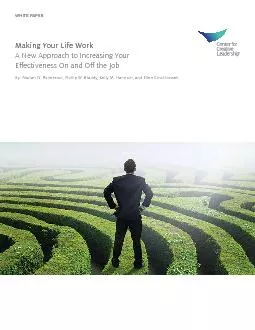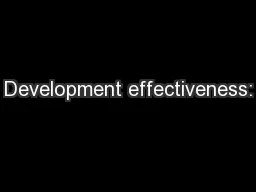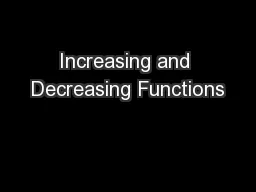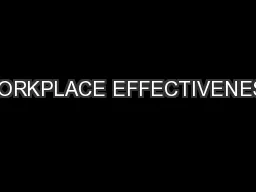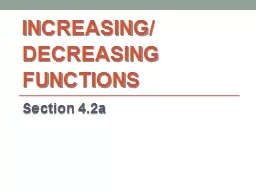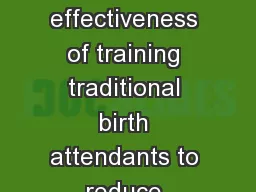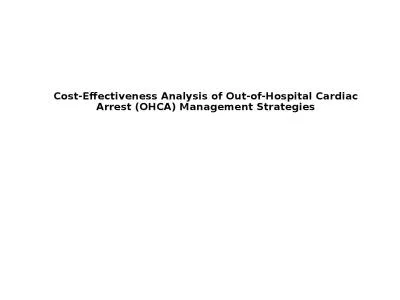PDF-Making Your Life WorkA New Approach to Increasing Your Effectiveness O
Author : kittie-lecroy | Published Date : 2015-08-25
A White Paper By Marian N Ruderman Phillip W Braddy Kelly M Hannum and Ellen Ernst KossekIssued November 2011 CONTENTSIntroductionThe New WorkLife Reality3 Factors5
Presentation Embed Code
Download Presentation
Download Presentation The PPT/PDF document "Making Your Life WorkA New Approach to I..." is the property of its rightful owner. Permission is granted to download and print the materials on this website for personal, non-commercial use only, and to display it on your personal computer provided you do not modify the materials and that you retain all copyright notices contained in the materials. By downloading content from our website, you accept the terms of this agreement.
Making Your Life WorkA New Approach to Increasing Your Effectiveness O: Transcript
Download Rules Of Document
"Making Your Life WorkA New Approach to Increasing Your Effectiveness O"The content belongs to its owner. You may download and print it for personal use, without modification, and keep all copyright notices. By downloading, you agree to these terms.
Related Documents

